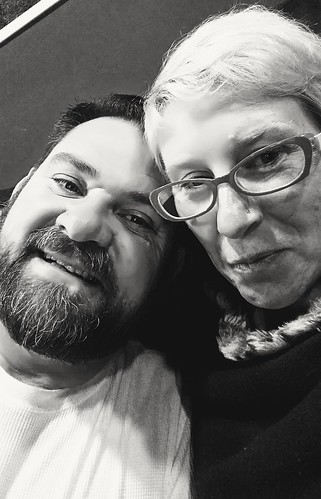The K3 YA- and K5 YA-expressing cells did not display a equivalent improve in cell surface area DC-Signal amounts at early time factors pursuing dynasore therapy, reflecting delayed transportation of DC-Indicator to the floor, once more very likely mediated by means of their capability to bind, but not push endocytosis or degradation. In the existence of K5, gathered DC-Indicator was endocytosed subsequent dynasore removal, with mobile area levels reducing ,60%, but complete protein levels remaining static (Fig. 4B, left vs. appropriate panel). K3 expression also triggered improved endocytosis of DC-Signal relative to vector expressing cells, with floor amounts decreasing ,sixty% during the 30 minute chase. Interestingly, Extra experiments uncovered that this accumulation at the surface occurred at a later time stage with or with out Dynasore washout (Knowledge not shown). All round, this implies each that the endogenous rate of DC-Sign endocytosis15199094 in THP-one cells is lower, and that the Y/A mutants of equally viral MARCH proteins have impacts on DC-Indication egress, but not endocytosis. In addition to 1232416-25-9 hunting at endocytosis in THP-one cells, we opted to assess the action of K3 and K5 in 293 cells stably expressing DC-Sign and DC-SIGNR. We transiently transfected these cells with GFP-tagged K3 wt, K5 wt or the Y/A mutants of both viral protein. At 368 hrs submit-transfection, we dealt with the cells with dynasore and assayed the fee of endocytosis in these cells, as was completed with the THP-1 traces. We in contrast the endocytosis costs of DC-Indicator, DC-SIGNR and as handle, MHC class I, in cells that have been GFP-optimistic (transfected) when compared with those that did not convey GFP (non-transfected) in the very same cultures. In this experiments, we noticed a minimum, but important acceleration in endocytosis of DC-Signal in the presence of wild-variety K3 and wild-kind K5 (Fig. 4C, prime panels). This big difference was abrogated by the introduction of the Y/A mutation into both viral protein. No endocytosis was observed, nonetheless for DC- SIGNR (Fig 4C, center panels). In the existence of wild-type K3 wt there was a important delay to mobile surface area appearance of DC-SIGNR following dynasore addition. In addition, the amounts of DCSIGNR area protein by no means reached the ranges observed in nontransfected cells from the identical culture. Whilst this hold off was not as pronounced for wild-kind K5, cell floor accumulation in the GFP+ population was considerably less rapid than in the GFP- population. Additionally, only minimal decreases in the quantities of mobile area DC-SIGNR had been noticed above the time course, again indicating a lack of endocytosis. This relative hold off in or absence of an enhance in DC-SIGNR floor ranges was alleviated in the existence of K3 Y/ A and K5 Y/A. These observations were not because of to a defect in the endocytic equipment in the transfected cells, as MHC class I was quickly endocytosed the presence of possibly wild-type K3 or K5 (Fig. 4C, base panels). Provided the apparent variations in regulation among 293 and THP-1 cells, these info underscore the need to analyze the mobile context for every MARCH ligase concentrate on and not just the targets themselves.It is possible that the decreased surface expression of DC-Signal and DC- SIGNR in the presence of wild-kind K3 and K5 may have been because of only to elimination from the mobile surface area, as with CD1d, or because of to each elimination and targeting for degradation, as for MHC I [fourteen,19,fifty]. To examination if K3 and K5 were in a position to focus on DC-Indication or DC-SIGNR for degradation, we transiently transfected 293 cells stably expressing K3 wt, K5 wt, K3 mZn, K5 mZn or carrying vacant vector with expression constructs for DC-Sign or DC-SIGNR.  At 48 hours post- transfection, the cell lysates ended up subject to western blotting (WB), probing for DC-Sign or DC-SIGNR.
At 48 hours post- transfection, the cell lysates ended up subject to western blotting (WB), probing for DC-Sign or DC-SIGNR.